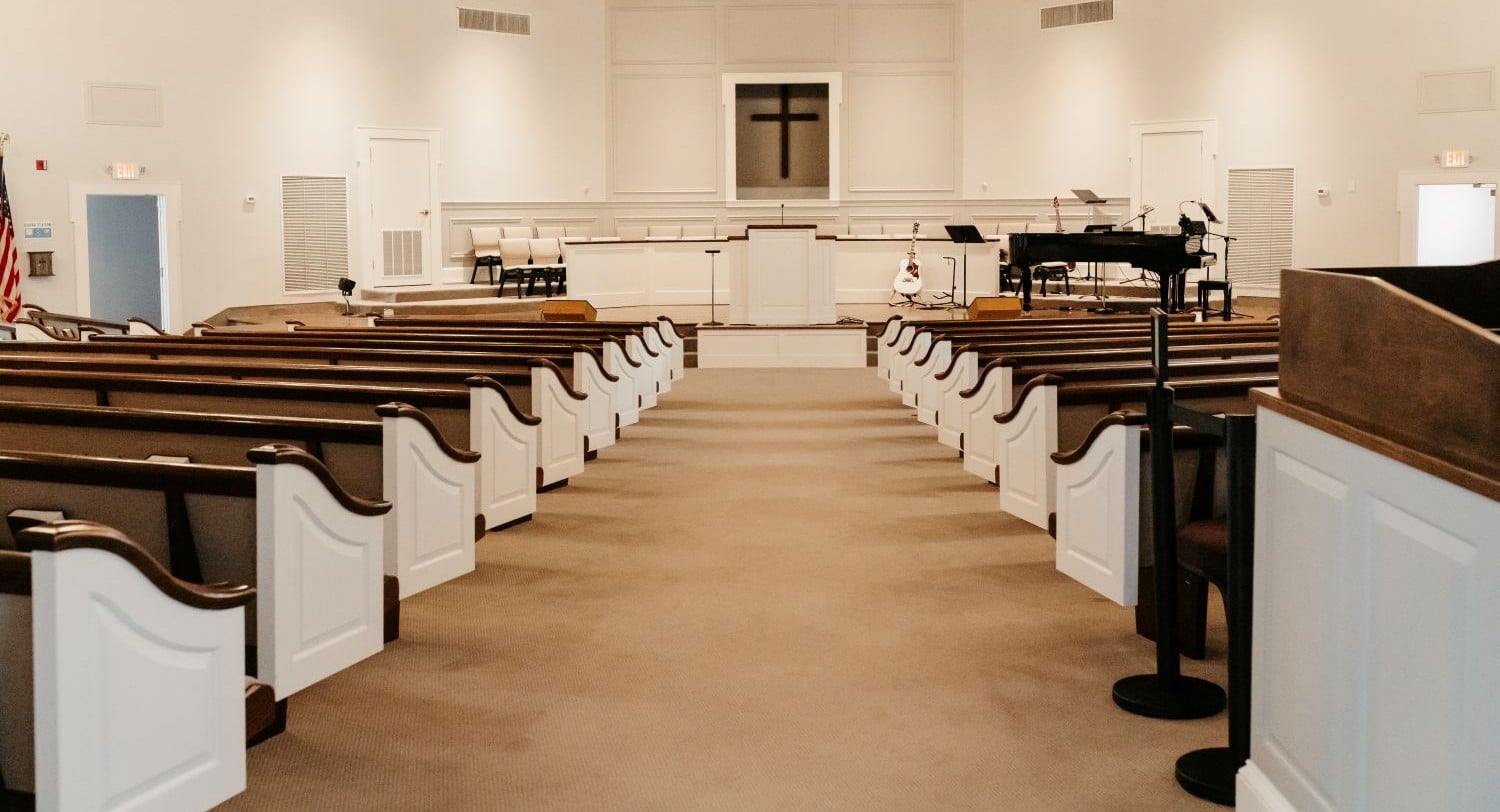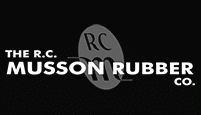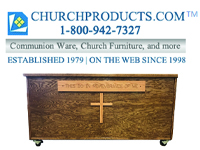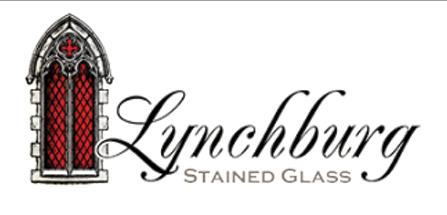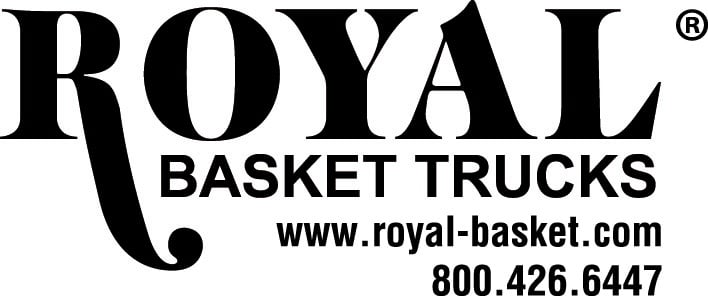When a church begins the process of renovating or building, flooring often sets the stage for the look and feel of the entire sanctuary. Church flooring has to be more than just beautiful. It must stand up to the weekly rhythm of worship, community events, and years of steady foot traffic.
The most common options are still roll carpet, carpet tile, and hard surfaces like hardwood or luxury vinyl plank (LVP). Each has benefits, each has challenges, and choosing wisely makes all the difference.
Roll Carpet in Churches
Roll carpet has been a standard in sanctuaries for decades. The installation process, however, is not the same as it is for residential flooring. In churches, seams should be run beneath the pews, away from the main aisles and high traffic areas. This hides seams, extends the life of the carpet, and helps keep the overall appearance cleaner and more polished.
Another advantage is that some carpet lines now offer coordinating roll carpet and carpet tile. This allows churches to install roll carpet on steps and platforms while using matching carpet tile in the aisles or other areas. It provides both durability and a unified look across the sanctuary.
Roll carpet offers a seamless look, soft underfoot comfort, and a warm, welcoming feel. The challenge is that it is more difficult to repair if damaged, and it requires skilled installation to make sure seams are hidden and the carpet is properly stretched and secured.
Carpet Tile in Churches
Carpet tile has become a popular option because of its durability and flexibility. When a tile becomes stained or worn, it can be replaced individually instead of replacing an entire section of flooring. This is a cost-effective solution for churches that see constant traffic.
Modern carpet tiles are designed to look much like traditional roll carpet, with many lines offering coordinated roll carpet to use on stages or steps. The result is a consistent, professional appearance throughout the space.
The biggest advantage of carpet tile is its ability to withstand heavy use while giving maintenance teams the option of swapping out only what is needed. While seams are naturally more visible than with roll carpet, today’s manufacturing techniques make them far less noticeable than they once were.
Hardwood and Luxury Vinyl Plank Under Pews
Another approach many churches choose is to install hardwood or LVP under the pews. These materials provide a clean, durable surface exactly where shoes rest and scuff against the flooring. It is also easy to maintain and adds a timeless visual appeal.
Luxury vinyl plank, in particular, has surged in popularity. It gives the look of hardwood but adds greater durability and moisture resistance, all at a more affordable price point. By placing LVP under pews and carpet in the main walkways, churches often find the perfect balance of function and beauty.
Choosing the Right Carpet Type
When selecting carpet, it is essential to choose a commercial, high-density product. Residential carpet may look nice initially, but it simply cannot hold up to the hundreds of feet that cross church aisles every week.
There are three main styles: cut pile, loop, and cut and loop. Cut pile offers a softer, plush look and works well in areas with pews, since pews are fixed in place. Loop carpet is more durable and better for aisles and lobbies, but it is not ideal in sanctuaries with chairs since chair legs can snag the loops. Cut and loop carpets combine the best of both, adding visual texture while holding up under pew use.
The key consideration is whether your seating is fixed pews or movable chairs. Flooring that pairs well with pews may not be the right fit for a space filled with chairs, and choosing the wrong type could lead to premature wear.
Custom Carpet Matching
Churches today often want a cohesive, polished look that ties the entire sanctuary together. Some carpet companies offer custom color matching, allowing the carpet to be dyed to match pew upholstery fabric. This creates a seamless design that ties the room together and elevates the overall appearance.
This option is particularly valuable for congregations already investing in new pew upholstery. By matching the carpet color, churches can achieve a unified design without competing textures or tones.
Why Installation Expertise Matters
No matter which flooring option a church selects, installation is every bit as important as the product. Churches with pews require a company that is experienced in handling and reinstalling them. Pews are large, heavy, and anchored into the subfloor. Moving them safely, re-anchoring them correctly, and protecting the surrounding finishes are specialized tasks that demand knowledge and care.
A company well versed in church pews knows how to stage the work so that pews are properly removed, flooring is installed seamlessly beneath them, and the pews are anchored back in place for both safety and longevity. Without that expertise, a flooring project can easily run into costly delays and structural issues.
Creating Flooring That Lasts
Church flooring is an investment meant to last decades, not just years. The right products, installed by experienced professionals, can withstand the test of time while maintaining their beauty and comfort.
Whether a church chooses roll carpet for its seamless warmth, carpet tile for its durability and flexibility, or hard surfaces like LVP under pews, the end result should support both the design vision and the daily function of the sanctuary.
The right flooring brings together aesthetics, practicality, and longevity. And, when paired with thoughtful design coordination, such as custom matching carpet and upholstery, it can create a welcoming environment that reflects both tradition and a fresh vision for the future.
Savanna Williams-Bowlin is vice president of Sharpe’s Church Interiors, www.pewupholsteryinc.com. Through expert pew upholstery, custom seating, flooring, design, and AV, they help churches across the country restore their spaces with care and craftsmanship—creating meaningful, lasting environments where history is honored and worship feels like home.


